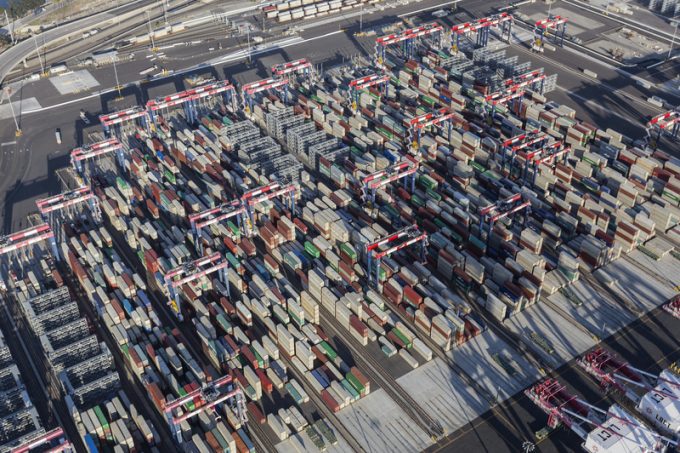Chinese New Year rush and threat of tariffs leaves box ports congested
The Chinese factory rush to get goods out before the new year holiday, and the ...

Over the past couple of months, the congestion at the main US west coast gateway complex has eased and vessel turn times improved, but importers and logistics companies are in for more grief in the coming months.
Executives of Seko Logistics predict a surge in traffic that will put renewed strain on the ports of Los Angeles and Long Beach, as well as the rail and truck networks beyond them.
For ten consecutive months, the port complex has handled record or near-record ...
Volcanic disruption at Anchorage could hit transpacific airfreight operations
Shippers snap up airfreight capacity to US ahead of tariff deadline
Forwarders stay cool as US 'liberation day' tariffs threaten 'global trade war'
New price hikes may slow ocean spot rate slide – but for how long?
Tighter EU import requirements proving 'a challenge' for forwarders
Supply chain delays expected after earthquake hits Myanmar
Looming Trump tariffs will create 'a bureaucratic monster' for Customs

Comment on this article